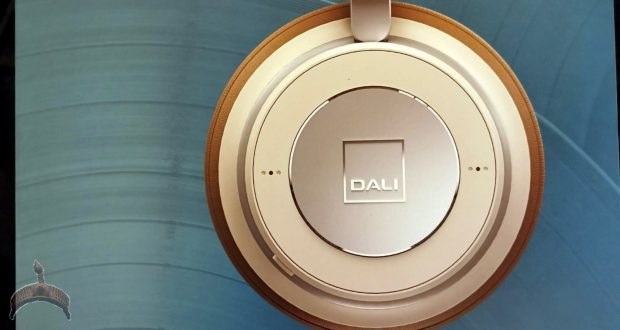It was just 2-3 weeks ago read a review on Dali IO-6, a pair of noise-canceling headphones that easily landed among the best cans on the tech market. Despite a substantial $499 cost, their Danish design, great sound, and seemingly never-ending battery life made me feel these were worth the investment.
But not everybody needs active noise-canceling (ANC) circuitry. For a few people, a headset that just blocks out a good quantity of sound through physical characteristics is good enough. If that sounds as you, Dali’s IO-4 is the greater option, with a far more palatable $399 cost, and yet battery life that’s rated at 60 hours, set alongside the IO-6’s 30.
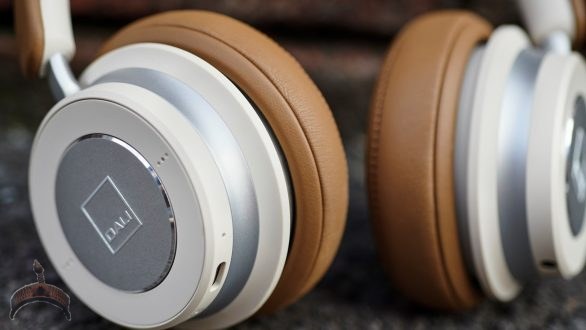
I’m going to help keep this review short. The Dali IO-4 is almost identical to the IO-6 in every aspect apart from noise-canceling. The lacking it’s that the IO-4 are check just about everything I would like in a pair of headphones.
They look classy in either their caramel or black colorways, and well-built. I love that they use physical controls as opposed to touch panels which are a suffering in the torrential rain or with gloves. Sometimes the big silver control button is too simple to press while wearing around your neck, but it’s still better when compared to a touch panel. And the lightweight, vegan leather design is comfortable to wear all night through.
Despite the possible lack of noise-canceling, the headphones do a best wishes of blocking sound by themselves – something I noted in regards to the IO-6 when active noise canceling is turned off. The key difference you’ll notice is in low frequencies. The hum of an HVAC system or rumble of the subway will undoubtedly be quieter with active noise-canceling headphones, however for mid and high frequencies – think a discussion or some fan noise – the IO-4 is the best option.

Actually, I came across passive noise-canceling on the IO-4 effective enough that I wish they included a mode to listen to more of the outside world without the need to take the headphone off — it’s that good.
Luckily, the IO-4 is not really a downgrade in sound quality despite the reduced price. Actually, for many intents and purposes, I came across them to be nearly identical (when utilizing the IO-6 with noise-canceling deterred, at least). Neutral, with the ideal quantity of bass to provide you with good impact without sounding bloated, and with highs which are detailed without sounding abrasive. They have quite a expansive soundstage for compact headphones too, and they support both AptX HD and AAC codecs for maximum sound quality.

Frankly, I’m uncertain I possibly could tell the IO-4 independent of the IO-6 in back once again to back comparisons, and this really is borne out by my measurements of the headphones too. The measurements are close enough that differences could possibly be ascribed to human error or minor sample deviations.
These measurements are normalized to a target curve in a way that a set response should really be perceived as roughly neutral. Variations in the treble are expected — peaks and dips can shift with small movements of the headphones, so they’re less of a problem as they may seem to be.
Although it can be extremely tricky to interpret frequency response for headphones, the IO-4 (like the IO-6), reminds me of the Focal Clear, which are my benchmark for neutral-sounding headphones (other than being fully bass-shy). The IO-4 have an identical response, but with an increase of bass (a positive thing!). Below you will see it set alongside the Focal, in addition to the most popular Sony WH-1000XM3:
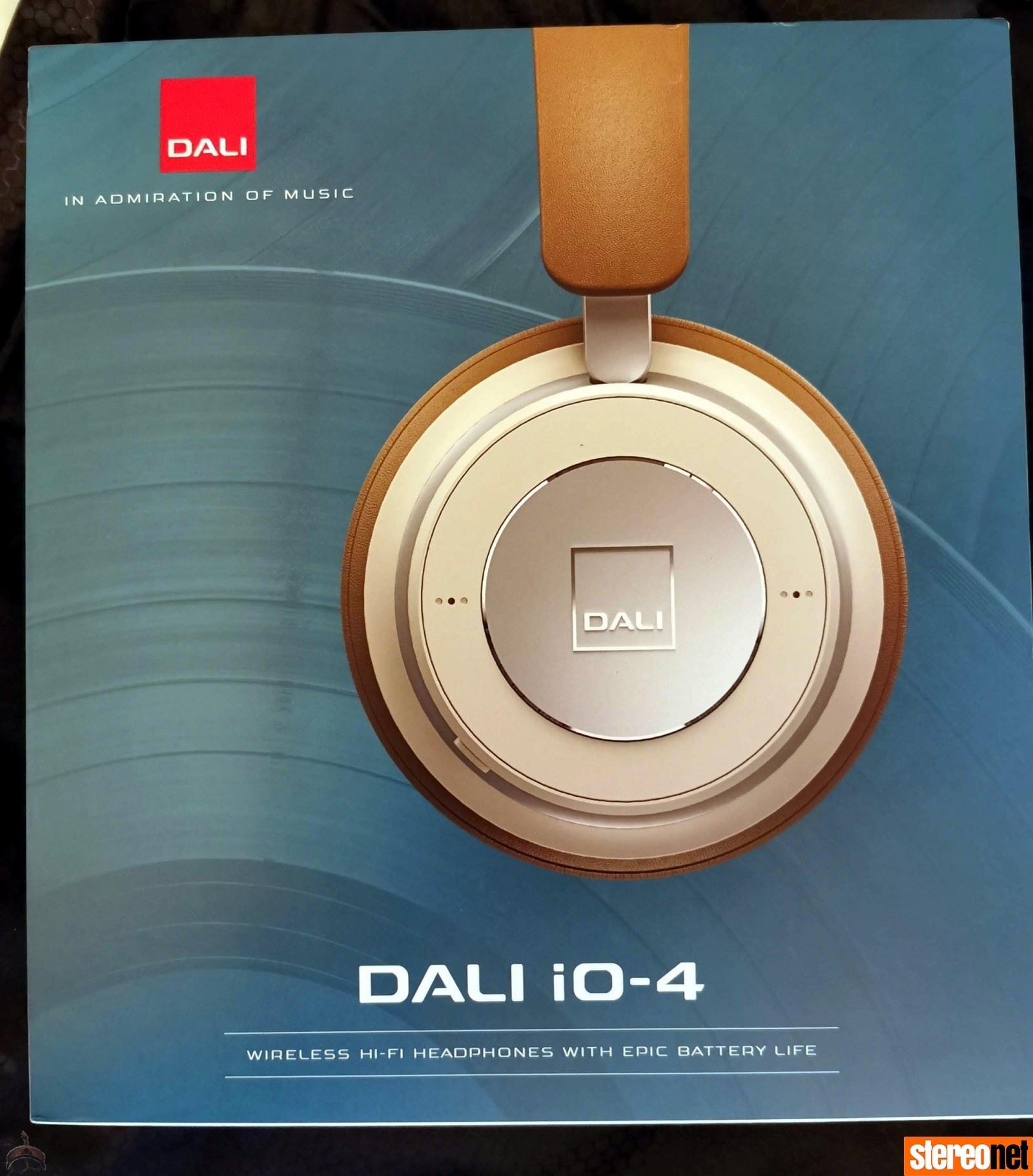
The highs might be considered a touch bright if you’re sensitive to the region, but I didn’t personally find this to function as the case. On the other hand, the bass is never as exaggerated as on the Sonys, ultimately causing a far more refined overall sound.
In all however, do remember these impressions are with the headphones turned on. Once the headphones are utilized in their passive mode – straight through the 3.5mm headphone jack, they sound less balanced. They sound best when utilizing their internal DSP.
Lastly, there’s battery life. The IO-4 can seemingly last forever on a charge. Dali claims 60 hours, but without timing it precisely, I’m convinced I went over that on the span of several weeks without the need to recharge. They’re headphones you are able to take on vacation and never having to be worried about recharging, although luckily they do charge via USB-C whenever the it’s needed to be recharged.
If I’ve one complaint in regards to the IO-4, oahu is the price. I appreciate the style and sound quality, for many people, lacking noise canceling is really a deal-breaker. Even though Personally I think the IO-4 blocks out noise passively in addition to some ANC headsets, for many people, the $399 cost will probably be considered a tough pill to swallow. I believe $300 will make them a great deal more palatable for an average audio enthusiast.
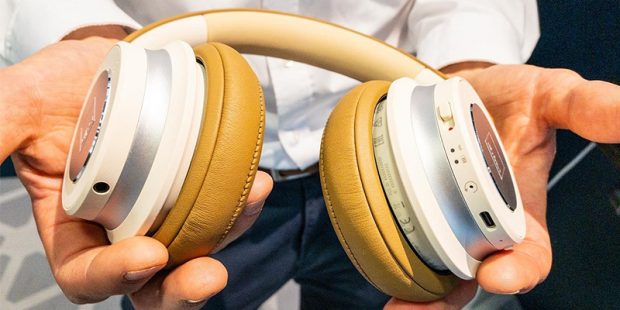
It was just 2-3 weeks ago read a review on Dali IO-6, a pair of noise-canceling headphones that easily landed among the best cans on the tech market. Despite a substantial $499 cost, their Danish design, great sound, and seemingly never-ending battery life made me feel these were worth the investment.
But not everybody needs active noise-canceling (ANC) circuitry. For a few people, a headset that just blocks out a good quantity of sound through physical characteristics is good enough. If that sounds as you, Dali’s IO-4 is the greater option, with a far more palatable $399 cost, and yet battery life that’s rated at 60 hours, set alongside the IO-6’s 30.
I’m going to help keep this review short. The Dali IO-4 is almost identical to the IO-6 in every aspect apart from noise-canceling. The lacking it’s that the IO-4 are check just about everything I would like in a pair of headphones.
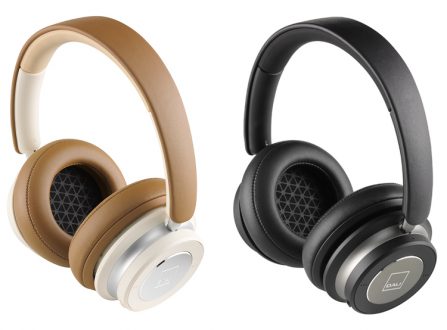
They look classy in either their caramel or black colorways, and well-built. I love that they use physical controls as opposed to touch panels which are a suffering in the torrential rain or with gloves. Sometimes the big silver control button is too simple to press while wearing around your neck, but it’s still better when compared to a touch panel. And the lightweight, vegan leather design is comfortable to wear all night through.
Despite the possible lack of noise-canceling, the headphones do a best wishes of blocking sound by themselves – something I noted in regards to the IO-6 when active noise canceling is turned off. The key difference you’ll notice is in low frequencies. The hum of an HVAC system or rumble of the subway will undoubtedly be quieter with active noise-canceling headphones, however for mid and high frequencies – think a discussion or some fan noise – the IO-4 is the best option.
Actually, I came across passive noise-canceling on the IO-4 effective enough that I wish they included a mode to listen to more of the outside world without the need to take the headphone off — it’s that good.
Luckily, the IO-4 is not really a downgrade in sound quality despite the reduced price. Actually, for many intents and purposes, I came across them to be nearly identical (when utilizing the IO-6 with noise-canceling deterred, at least). Neutral, with the ideal quantity of bass to provide you with good impact without sounding bloated, and with highs which are detailed without sounding abrasive. They have quite a expansive soundstage for compact headphones too, and they support both AptX HD and AAC codecs for maximum sound quality.
Frankly, I’m uncertain I possibly could tell the IO-4 independent of the IO-6 in back once again to back comparisons, and this really is borne out by my measurements of the headphones too. The measurements are close enough that differences could possibly be ascribed to human error or minor sample deviations.
These measurements are normalized to a target curve in a way that a set response should really be perceived as roughly neutral. Variations in the treble are expected — peaks and dips can shift with small movements of the headphones, so they’re less of a problem as they may seem to be.
Although it can be extremely tricky to interpret frequency response for headphones, the IO-4 (like the IO-6), reminds me of the Focal Clear, which are my benchmark for neutral-sounding headphones (other than being fully bass-shy). The IO-4 have an identical response, but with an increase of bass (a positive thing!). Below you will see it set alongside the Focal, in addition to the most popular Sony WH-1000XM3:
The highs might be considered a touch bright if you’re sensitive to the region, but I didn’t personally find this to function as the case. On the other hand, the bass is never as exaggerated as on the Sonys, ultimately causing a far more refined overall sound.
In all however, do remember these impressions are with the headphones turned on. Once the headphones are utilized in their passive mode – straight through the 3.5mm headphone jack, they sound less balanced. They sound best when utilizing their internal DSP.
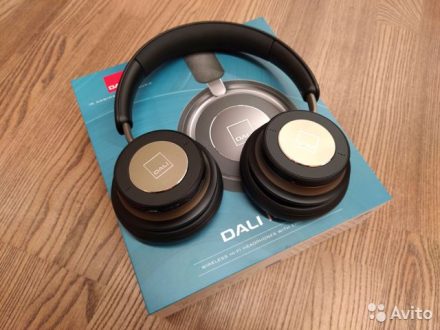
Lastly, there’s battery life. The IO-4 can seemingly last forever on a charge. Dali claims 60 hours, but without timing it precisely, I’m convinced I went over that on the span of several weeks without the need to recharge. They’re headphones you are able to take on vacation and never having to be worried about recharging, although luckily they do charge via USB-C whenever the it’s needed to be recharged.
If I’ve one complaint in regards to the IO-4, oahu is the price. I appreciate the style and sound quality, for many people, lacking noise canceling is really a deal-breaker. Even though Personally I think the IO-4 blocks out noise passively in addition to some ANC headsets, for many people, the $399 cost will probably be considered a tough pill to swallow. I believe $300 will make them a great deal more palatable for an average audio enthusiast.
On another hand, I think the IO-4 contend with dedicated audiophile headphones, which can be priced higher and don’t support Bluetooth. Taking that perspective under consideration, in addition to the thoughtful design, excellent comfort, and marathon battery life, the Dali IO-4 are worth your consideration if active noise-canceling isn’t a priority.
On another hand, I think the IO-4 contend with dedicated audiophile headphones, which can be priced higher and don’t support Bluetooth. Taking that perspective under consideration, in addition to the thoughtful design, excellent comfort, and marathon battery life, the Dali IO-4 are worth your consideration if active noise-canceling isn’t a priority.
 Ọmọ Oòduà Naija Gist | News From Nigeria | Entertainment gist Nigeria|Networking|News.. Visit for Nigeria breaking news , Nigerian Movies , Naija music , Jobs In Nigeria , Naija News , Nollywood, Gist and more
Ọmọ Oòduà Naija Gist | News From Nigeria | Entertainment gist Nigeria|Networking|News.. Visit for Nigeria breaking news , Nigerian Movies , Naija music , Jobs In Nigeria , Naija News , Nollywood, Gist and more

